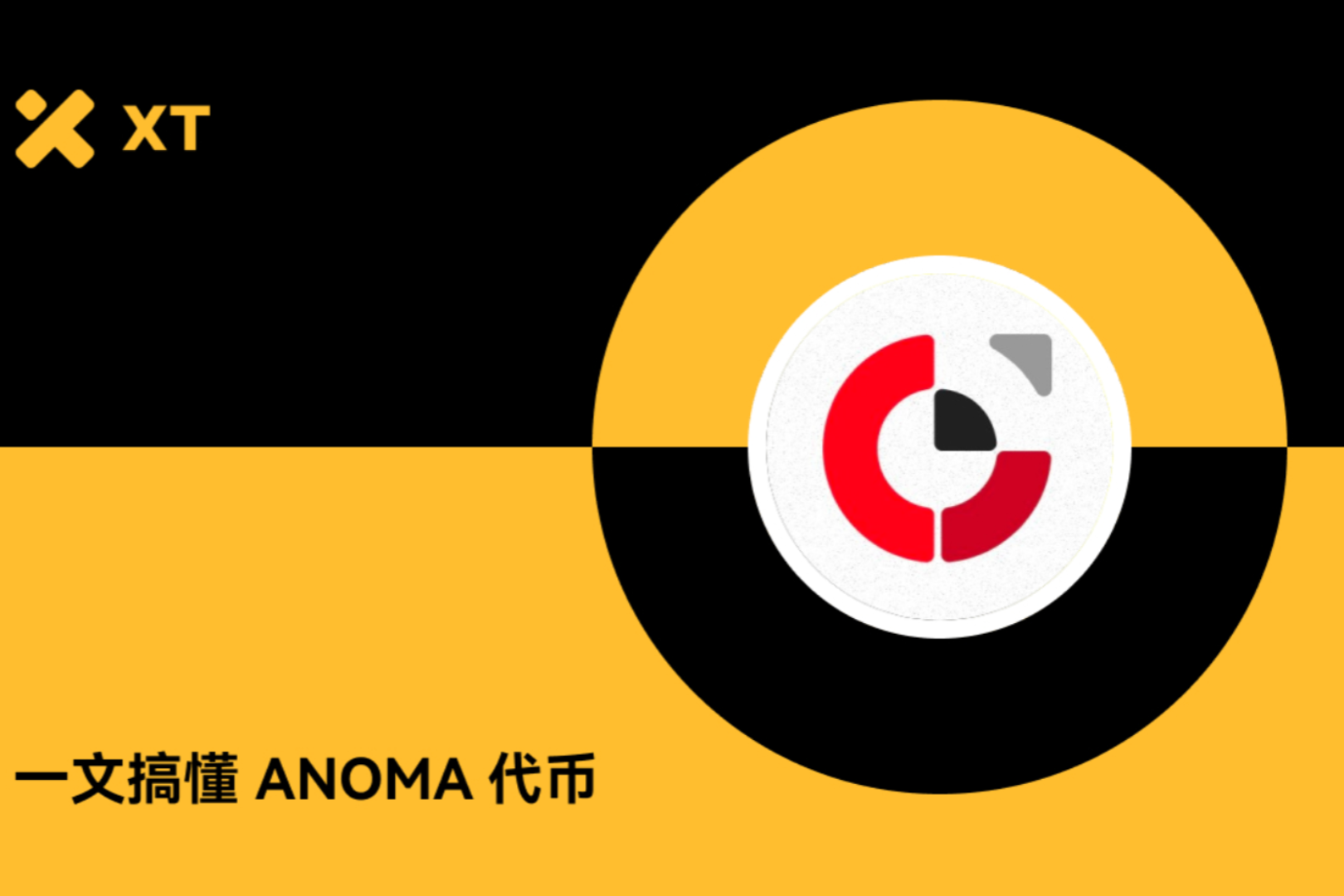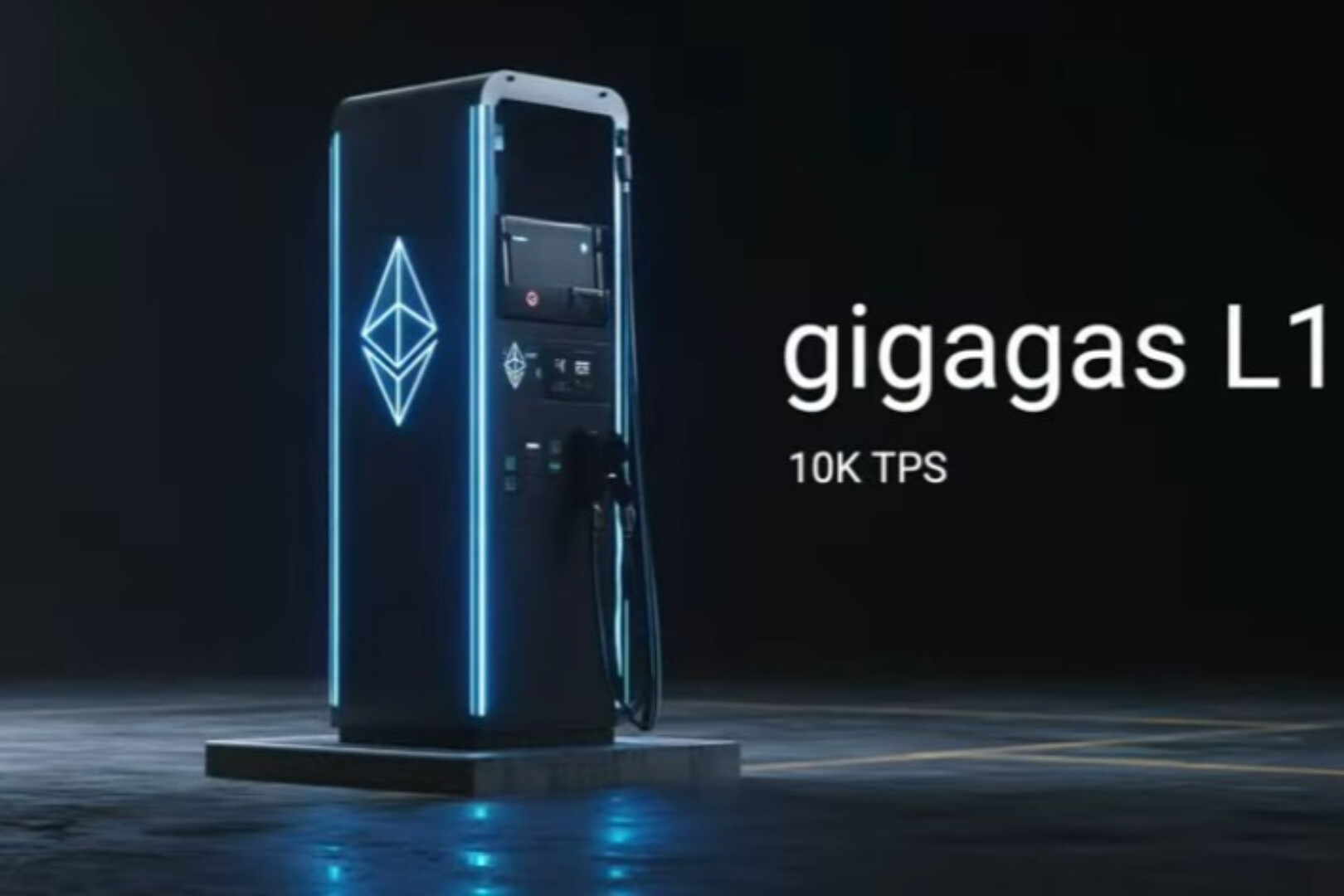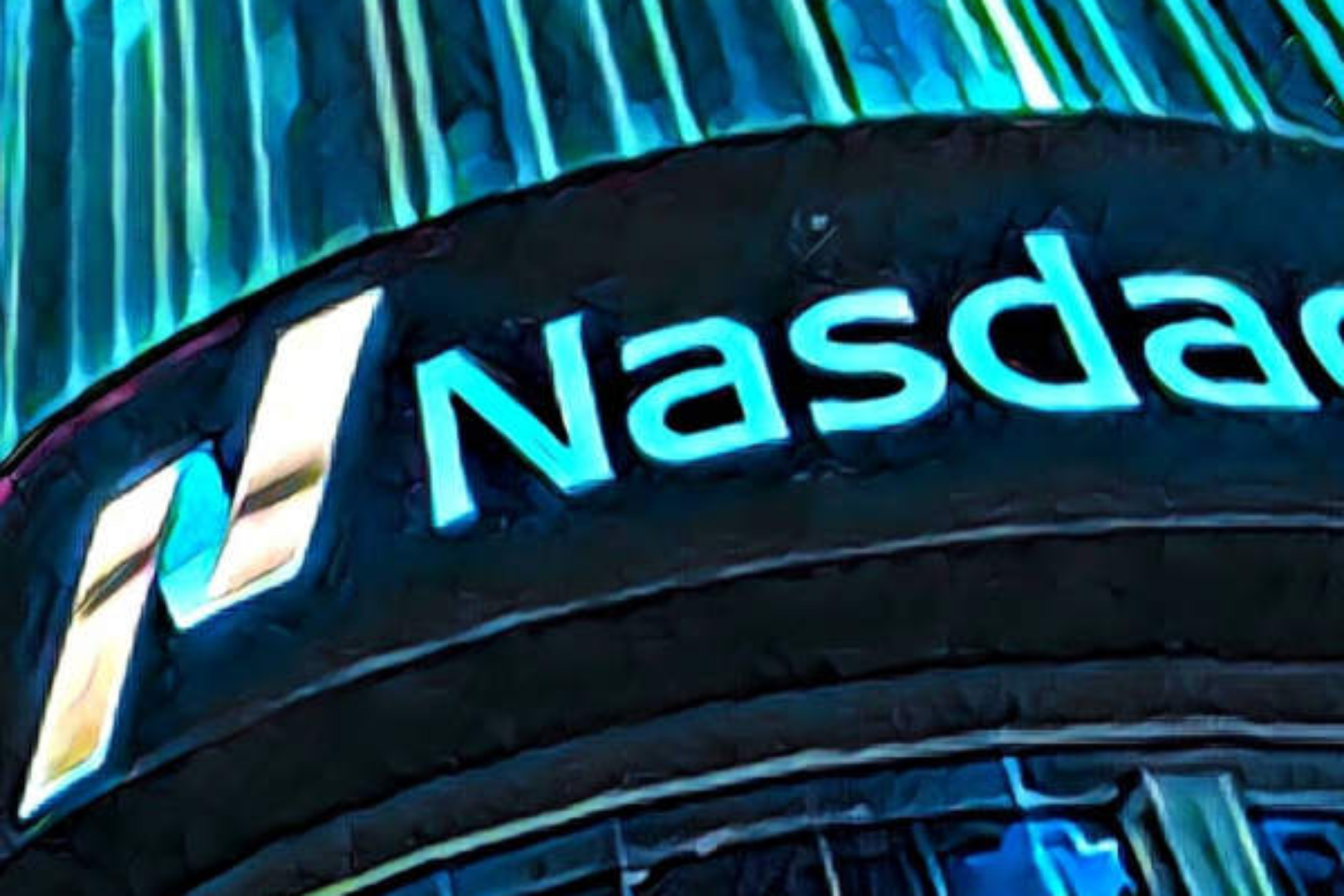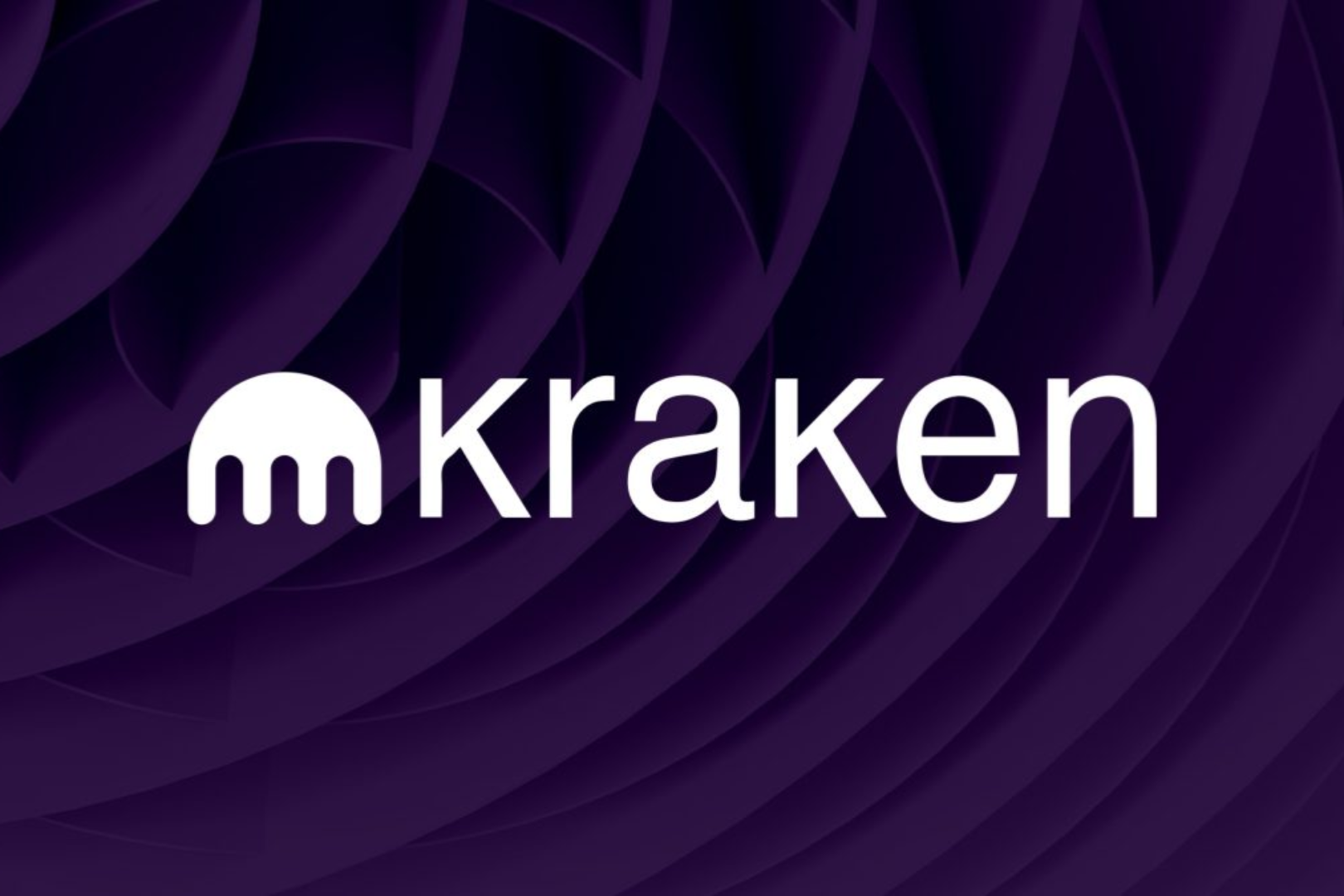

As a decentralized circulation protocol, Kyber recently announced an important update of the bridge reserve mechanism. The new improvement has positive significance for improving the single liquidity endpoint of DeFi.

Kyber integration

secondary title
About the Kyber Reserve
Kyber is aComplete on-chain liquidity protocol, which aggregates a large number of different liquidity providers into a single endpoint for takers and users.

Receivers and DeFi for Single Chain Liquidity Endpoints
Each liquidity provider acts as a "reserve" for Kyber. When a user requests a trade, the protocol scans the entire network to find the best priced reserve and draws liquidity from that reserve.
The nature of Kyber's design
This fully on-chain design allows for full transparency and verifiability in the matching engine, as well as seamless composability with DApps, not possible with off-chain or hybrid approaches. The integration of many liquidity providers also gives Kyber a unique ability to support complex systems and meet the needs of DeFi and DApp applications.
Repository type
Currently, there are more than 30 reserves on Kyber, 4 of which are operated by the Kyber team. The rest are primarily built by other project teams, individual/token holders, and professional market makers to provide liquidity to Kyber.
Kyber has 3 main reserve types that cater to the needs of different liquidity providers:
Price Supply Reserve (PFR)Automated Price Reserve (APR)
Automated Price Reserve (APR): Allow token teams and users with a large number of tokens to have an automated, custom, low-maintenance pricing system. Synthetix and Melon are examples of running APR.
Bridge Reserve (BR): This is a dedicated reserve designed to bring liquidity from other on-chain liquidity providers like Uniswap and Oasis into the network.
The first two types (Price Supply Reserves and Automated Price Reserves) only work with Kyber’s protocol, while Bridge Reserves source liquidity from other on-chain providers.

secondary title
Kyber's Bridge Reserve
The main motivation for bridging liquidity between these liquidity providers to Kyber is to ensure that takers and DApps can use Kyber as their single liquidity endpoint and get the best exchange offer for each transaction without having to go through multiple integrations. The hassle and cost of a system.
Optimized Bridge Reserve
Kyber is making two changes to the bridge reserve that will help bring more liquidity and trading volume to Kyber.
1. Cancellation of bridge reserve fees
First, liquidity fees for bridge reserves (i.e. Uniswap and Oasis bridge reserves) are removed. As a result of pooling the liquidity of these bridge reserves, as well as many other reserves on Kyber, it is ensured that all users and DApps utilizing Kyber as a liquidity endpoint will enjoy the best token exchange rates on average,
For now, MKR and DAI are the coins that will enjoy these better rates. The fee is 0.01% (it cannot be set to 0 for now due to a technical decision), but Kyber is considering removing it after the next major contract upgrade.
2. Oasis bridge reserve upgrade for large transactions
Oasis DEX is an on-chain order-based exchange, which means that although there is a transparent order depth, each order maker and taker's activity will use gas fees. The Oasis Bridge Reserve connects the liquidity available on the Oasis DEX to our recipients.
Kyber has improved the Oasis Bridge Reserve to increase exchange rates for large token transactions while keeping gas costs low for smaller transactions.
In Kyber's early design philosophy, the bridge reserve simply iterated through all orders on the Oasis DEX until it found the first order that was larger than the requested volume. This design is suitable for small transactions because it consumes lower gas costs, and we only need to receive 1 order. However, for orders with a large amount, the bridge reserve must traverse a large number of orders to find one that satisfies it, so the order is usually not the most suitable.
In the new Oasis bridge reserve design, the reserve will iterate through the orders from best to worst, specify the minimum order size we can accept, and start accepting orders along the way until we accumulate the requested up to the transaction amount. Rates will be optimized for large transactions on Oasis bridges.
Kyber also designed the bridge reserve, which will only generate higher gas fees when the transaction size is large, that is, the gas fee consumption only accounts for a small part of the transaction volume.
secondary title
Impact of this change
For DApps: Access all major on-chain liquidity sources through a single endpoint with guaranteed best rates on average. This is because in addition to integrating the best exchange rates from Uniswap and Oasis, we also have a network of Kyber-specific reserves that often have the best exchange rates of all reserves.
for the reserve: Overall, with a better exchange rate, they can provide a better value proposition for traders and DApps in the ecosystem.
for end users: Enjoy a more competitive exchange rate for MKR and DAI!
For KNC holdersat last
at last
These two changes will further push Kyber to provide takers and DApps with a single endpoint for all their liquidity needs, ensuring they get the best price (offer) for each transaction without having to integrate multiple systems. In general, any DApp that requires on-chain token swaps and builds on DeFi should use Kyber!
Kyber will disclose more details about the improvement of the reserve library in the next few months, and upgrade the network and protocol to better meet the needs of the decentralized ecology.






